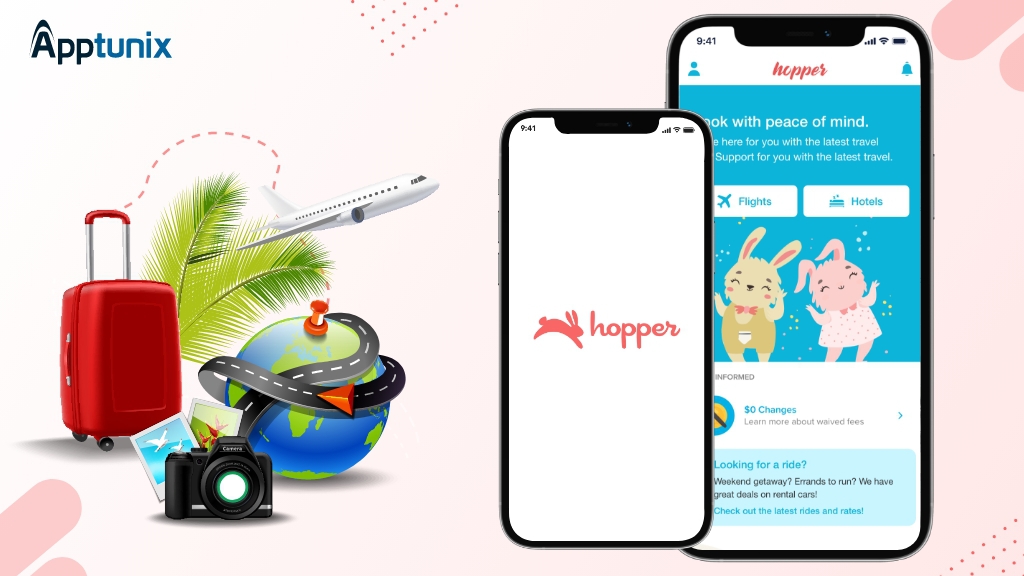Don't miss the chance to work with top 1% of developers.
Sign Up Now and Get FREE CTO-level Consultation.
Confused about your business model?
Request a FREE Business Plan.
Understanding SaaS Business Model | How To Develop A SaaS Application?
Table of contents

Do you remember the last time you bought a CD or program for your PC? I can assure you it’s going to be a hard time remembering it. This is because of the solutions provided by the SaaS business model. Thanks to this business model various businesses can offer their services successfully.
As of 2021, the global market value of SaaS applications is going to reach $145.5 billion and is expected to reach $1717.9 billion by the end of 2022.
SaaS app development is a highly competitive commercial domain, despite its high demand and popularity. As a result, developing a SaaS application without understanding the fundamentals of SaaS development is impossible.
What is a SaaS Platform?

Software as a service, or SaaS, is a business model that differs from traditional software licensing. Developers don’t sell their products with a lifetime license or wait until the next year’s version to release feature upgrades with the SaaS method to software delivery and maintenance. Instead, businesses provide software as a service (thus the term), usually through a subscription model.
Consider the case of real estate. Both buying and renting have advantages and disadvantages. However, in other circumstances, renting outweighs buying in many ways. One of them is that the owner, rather than the leaseholder, is responsible for the maintenance. Affordability has a significant impact as well.
According to MarketsandMarkets’ global prediction for 2020, the cloud computing industry will develop at a 17.5 percent compound annual growth rate (CAGR) and will reach $832 billion by 2025.
Many of you and other business owners use at least one SaaS product:
- Cloud Storage (Dropbox, Google Drive)
- Collaboration Software (Google Workspace, Slack, Office356)
- Video Call Software (Zoom)
- Creative Software (Figma, Adobe CC, Canva)
5 Advantages of the SaaS Business Model
Here are some of the advantages of the SaaS business model that make it profitable for entrepreneurs:
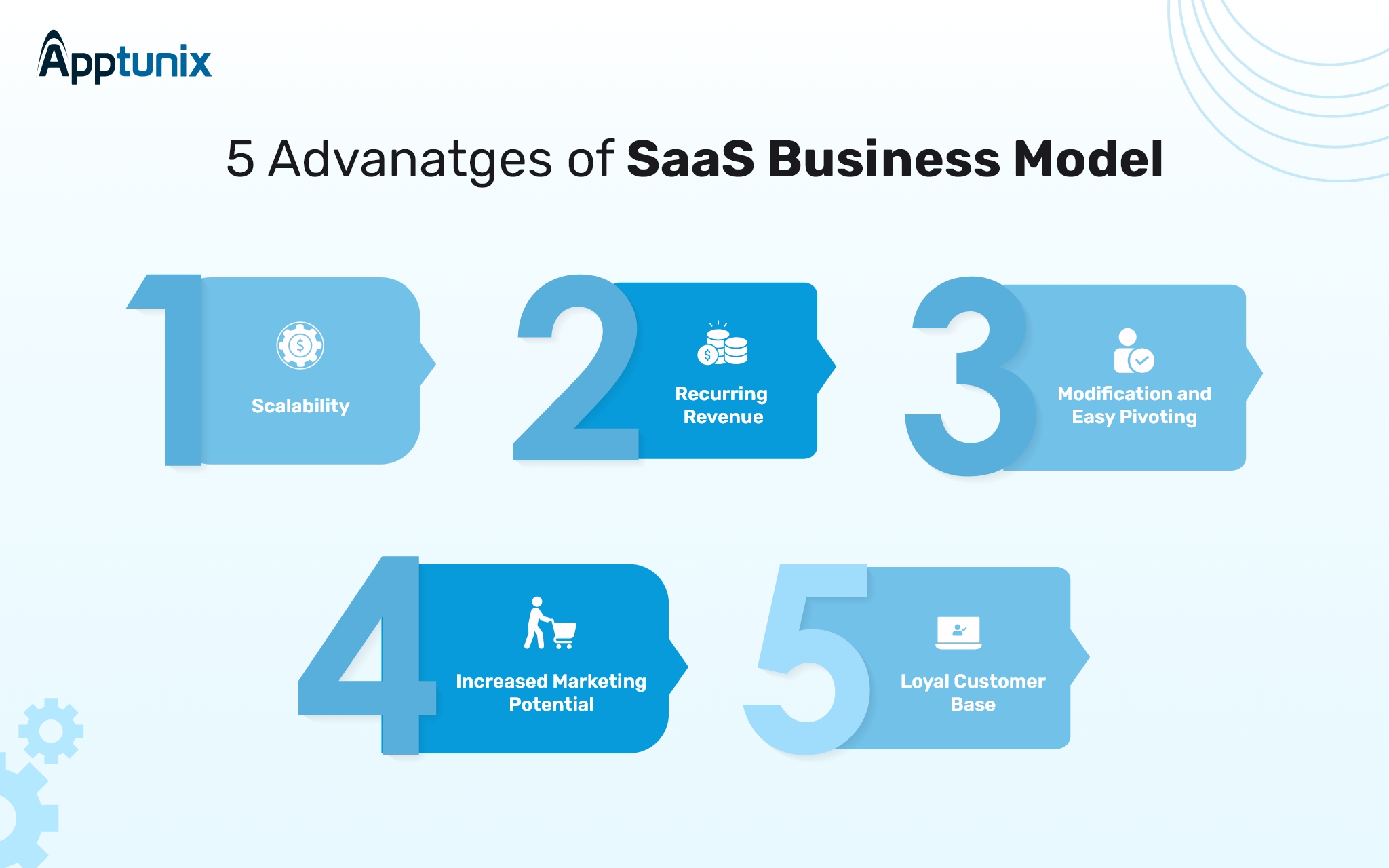
1. Scalability
Growing a business with a SaaS structure is simple for both the business owner and their clients. Because the resources are hosted in the cloud, adding new users from any place is simple. In addition, large amounts of client data may be processed in real-time, and routine maintenance can be performed with minimal downtime, resulting in a better customer experience.
2. Recurring Revenue
Saas businesses provide monthly or annual subscriptions, whereas traditional business techniques rely on one-time transactions for selling software licenses. These subscriptions allow firms to maintain a steady stream of revenue while also facilitating expansion.
Customers are also not obligated to make purchases that are no longer relevant. They have the option to renew or enhance their subscription based on their current needs.
In most SaaS organizations, an invoice-generating tool is used to create and deliver professional payment documents and PDF invoices.

3. Modification and Easy Pivoting
The main advantage of the SaaS business model is that it is not constrained. Without having to start over, the product can be easily updated or modified.
Because the SaaS market is so responsive to customer demands and expectations, changing the product frequently isn’t a bother.
It’s also a lot less expensive than having consumers update their software on-site.
4. Increased Marketing Potential
A SaaS product is created to cater to a wide range of clients, whether they are from a startup, a well-established sector, or a niche market.
You can engage with clients who have different ticket sizes with tiered pricing.
5. Loyal Customer Base
Customer success is an important part of the SaaS market since it tries to engage and guide customers in making the most of their acquired services.
This increases customer retention and loyalty to the brand. Because the SaaS product and plans are flexible, customers can upgrade or adjust their needs at any moment without having to cancel their membership.
This creates a loyal consumer base that renews their subscription month after month or year after year.
What is the SaaS Business Model
The SaaS business model is charging a monthly or annual subscription fee for cloud-based software (which is often accessed via a web app or mobile app but can also be accessed via a desktop program).
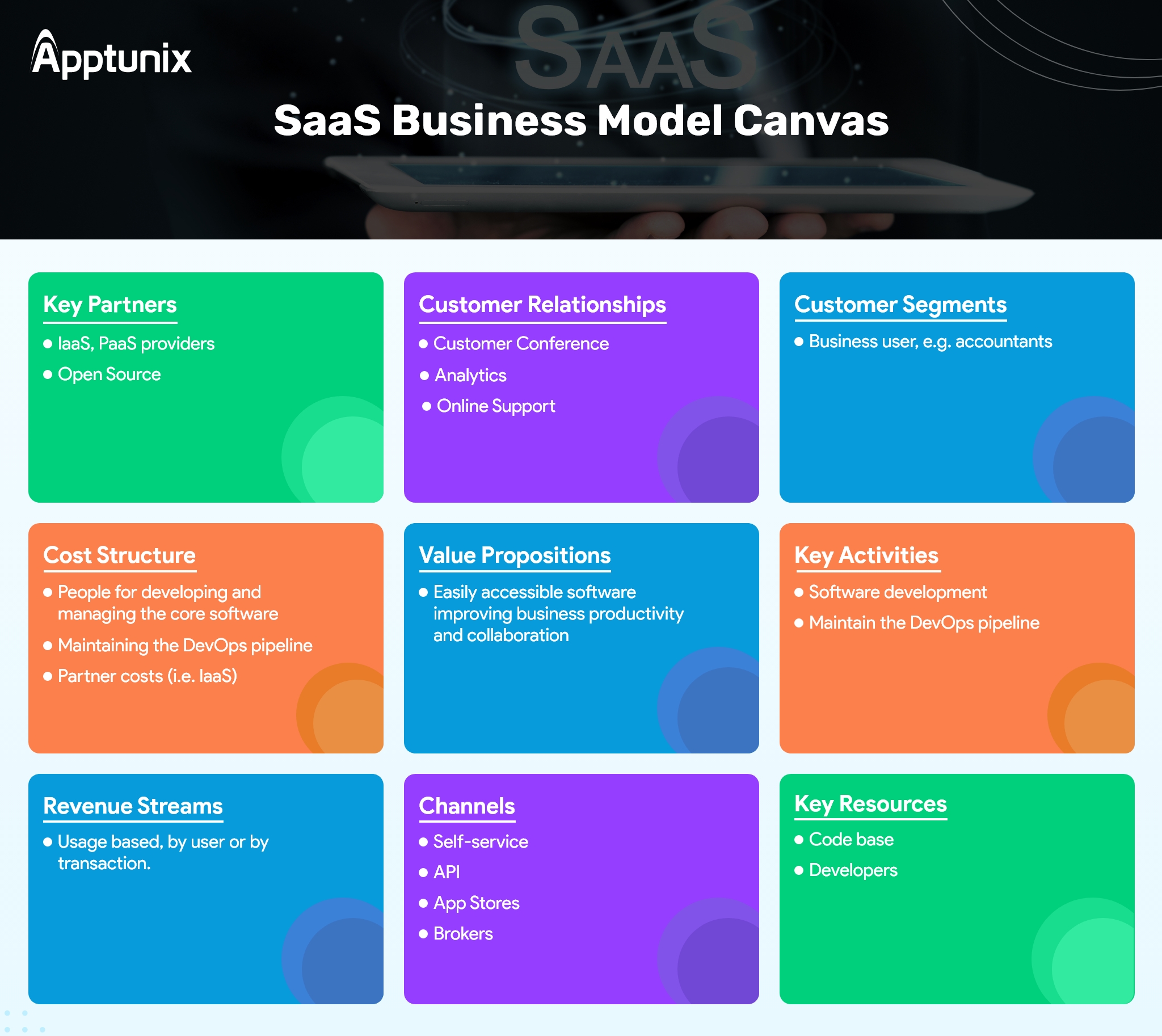
Software as a service, or SaaS, is currently used by practically every organization and most consumers. Slack, Mailchimp and QuickBooks Online are all popular B2B SaaS companies. Budgeting tools like EveryDollar and Adobe Creative Cloud are examples of consumer SaaS products.
Also, read – Slack Business Model: The Secret Behind the Runaway Success of a Failed Product
Depending on how far a SaaS company has progressed, it will go through several stages of transformation:
1. Pre-Startup
This is the stage when the business is still just an idea and you’re still figuring out how to set up the structure from the ground up. It’s possible that the product is still in development and that you don’t yet have any customers. However, now is an excellent opportunity to
- do some research and investigate the industry you want to work in.
- talk about what’s already on the market and how you can set your product apart.
- strategies for the business model and enlisting the support of mentors
- to obtain funding for your start-up, either from friends or seed investors.
2. Start-up
You can begin implementing your strategy once you have the skeleton of your business plan ready. This is the point at which you can make a decision.
- To manage the product and produce leads, form a core team.
- Prepare proposals to present to potential clients.
- Get input from customers to help you improve your product.
- Keep yourself informed on what’s going on in the sector.
If necessary, don’t be hesitant to pivot or change your plan. The benefit of starting a business is that you take fewer risks and can change your goals as circumstances change.
3. Growth
This is the point at which you know your product is working and must now focus on making the system sustainable. At this point, the most important roles are:
- Improve customer acquisition and retention.
- Customers must be kept engaged.
- Make the necessary adjustments to the product.
- increasing the size of your crew
- Promote your product.
4. Maturity
If you’ve made it through the first three steps, it’s time to scale up your current procedures to the next level. This stage denotes that your product is steady and has a large number of clients. So, where do we go from here?
Consider your final goal here, whether it’s to continue with your business or to find a way out. Depending on that, you may be able to:
- Expand your horizons. Expand your business to different countries.
- Plan for IPO listing
- Add new products or services to your offering.
8 Simple Steps of SaaS App Development
So here are the worked-out plans of the kinks of the SaaS app development process. Finally, we’ll look at the development process itself. Here are seven steps to creating a SaaS product:
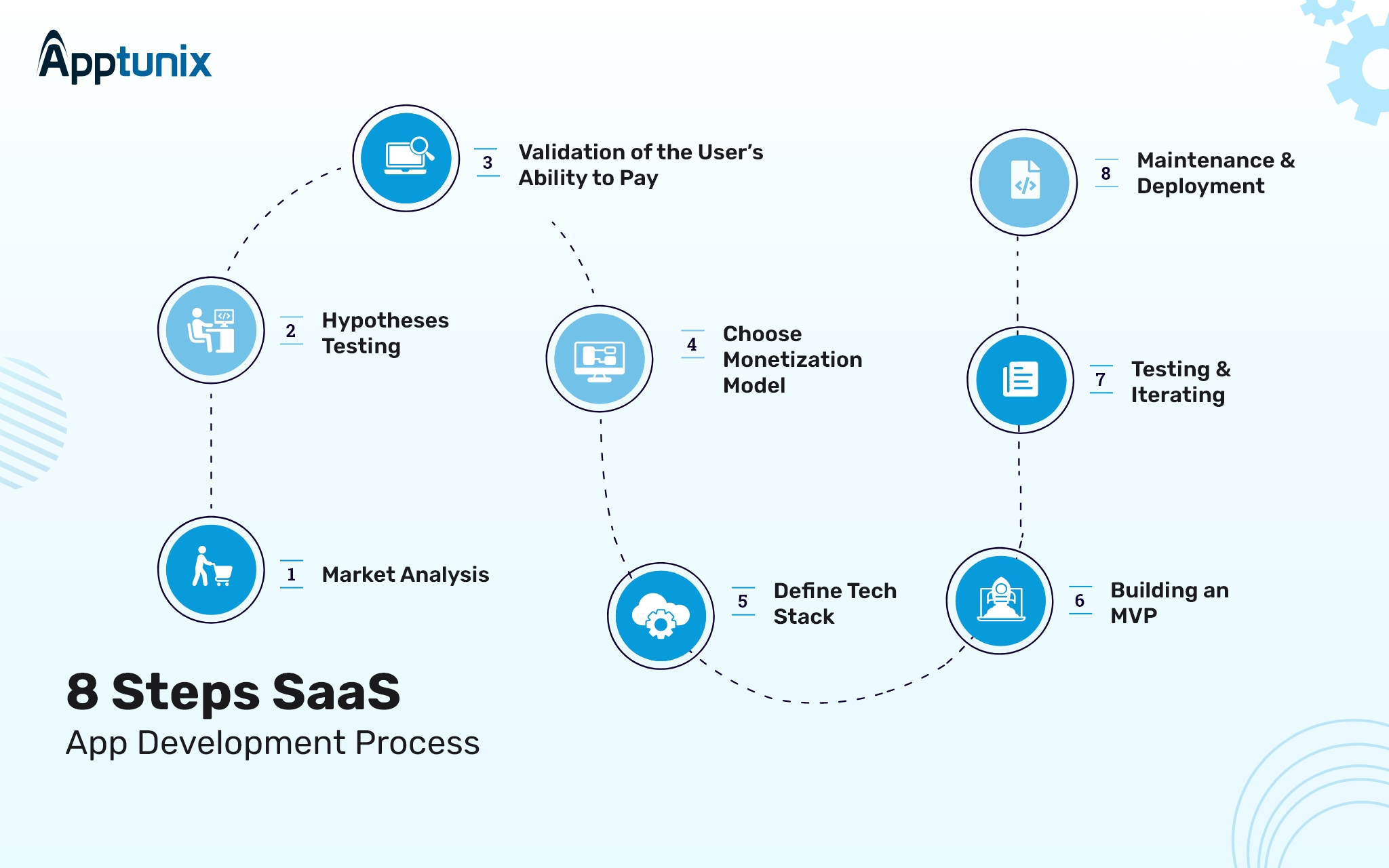
1. Market Analysis
So you’ve come up with a concept for a SaaS application. That’s fantastic, but you need to start looking into the conditions that will allow it to flourish. The first stage is to conduct market research on users, competition, and market size. The following are the primary goals of this step:
- Identify target users
- Understand the primary problems of the users
- Observe how users are currently resolving the problem
- Make suggestions for improvement
2. Hypotheses Testing
You have suggestions for improving the solution for users as a consequence of the first step. However, they are still only hypotheses. You’ll need to conduct a series of user interviews to verify them:
- Interview your target audience
- Understand what your consumers want
- Investigate what is preventing them from reaching their objectives
- Create a prototype of your solution and test it with users
3. Validation of the User’s Ability to Pay
Making sure your users will pay for your SaaS app is another crucial step in the development process. I advocate conducting interviews and tests to learn more about this by asking insightful and appropriate questions.
4. Choose Monetization Model
Another revenue-related concern is your SaaS application’s monetization mechanism. The subscription-based approach is the most common option. Many businesses have found this concept to be useful. However, as experience has shown, the subscription-based approach is not without its drawbacks.
To begin with, a subscription-based strategy requires you to invest in user inflow today to receive money month after month.
Second, you must ensure that your clients utilize your service consistently and for an extended period to profit and cover all costs, including product development, office rental, and administrative fees. As a result, customer acquisition and retention will account for the majority of your investment.
5. Define Tech Stack
The technologies that will be employed in your software development are referred to as the technology stack. Front-end (frameworks and libraries), back-end (frameworks and libraries), databases, servers, and infrastructure setup will all be covered.
Before deciding on a mobile tech stack or a web tech stack, think about your SaaS platform’s scalability, prospective profitability, and beginning expenses.
6. Building an MVP
Finally, the initial version of the SaaS solution — the Minimum Viable Product – is ready to be built (MVP). This is a simple model of your application that was created in a short amount of time and with minimal effort. An MVP focuses primarily on the most important features of your software and reveals the product’s basic concept. An MVP’s goals can include:
- Testing the hypotheses of the product with early adopters
- Pitching the first version of the product to the investors
Some clients may be surprised that we built a reduced version of the product rather than a full-fledged development. However, for startups, it is critical to evaluate the fundamental functionality first, and then go on to the complete product development if users well receive the basic functionality.
7. Testing & Iterating
After you’ve produced your MVP, you’ll need to test it with early adopters. You verify two things during the testing process:
- Whether your concept is user friendly
- If the implementation of your idea is good enough for the audience to understand
It is critical to devote time to user communication at this point. The more customer input you receive, the more ideas you’ll have for developing your SaaS product. All of these observations will be incorporated into the application’s future generation.
8. Maintenance & Deployment
The story begins after the product is released—the tale of upkeep and future development. The truth is, especially with the SaaS business model, you never stop iterating your product. The following items are included in the product maintenance:
- Getting growth opportunities
- Looking for unique opportunities
- Finding new customers and growing your TA
- Finding and fixing bugs
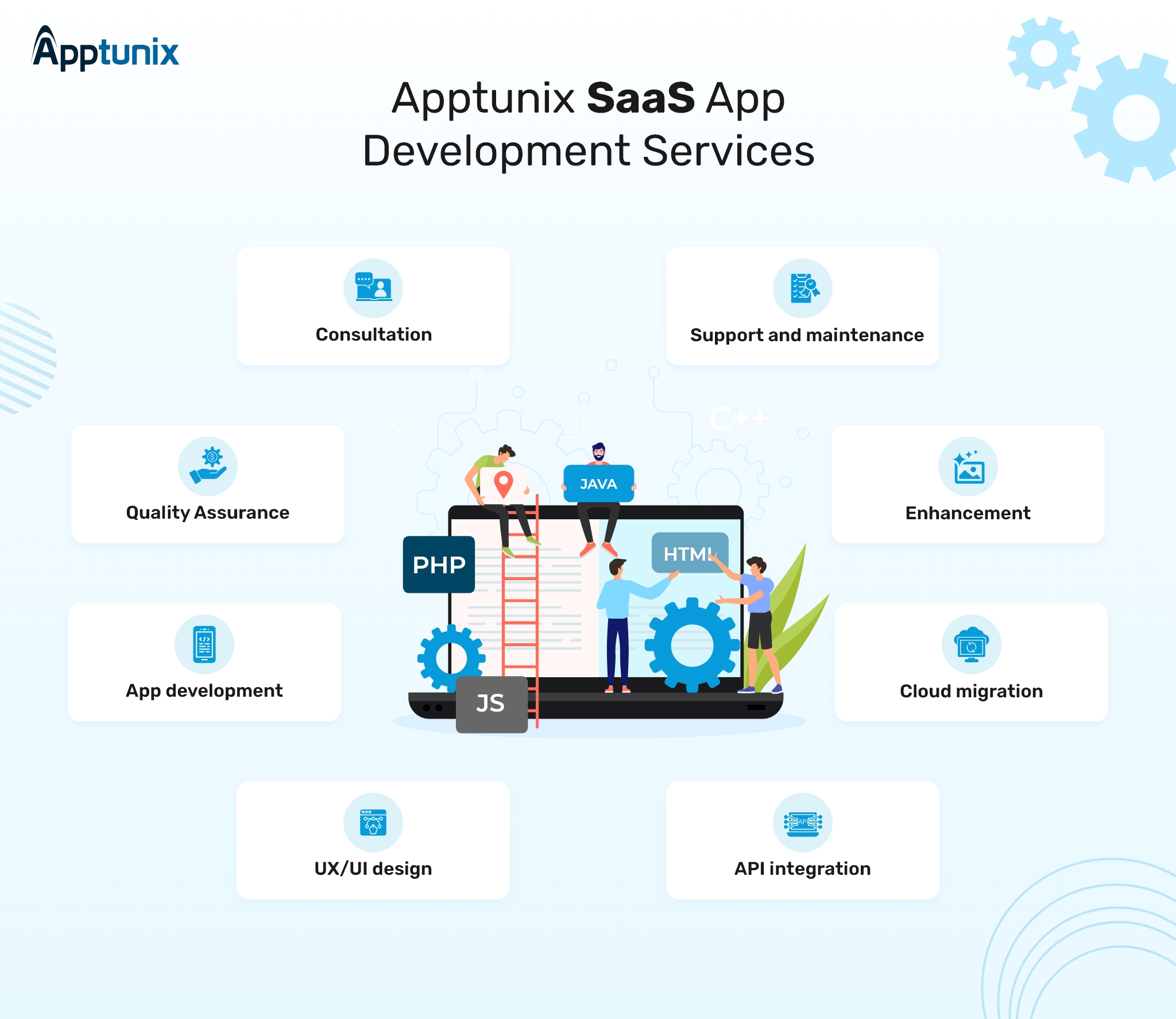
Conclusion
Although cloud apps aren’t the right fit for every organization, the SaaS business model has swiftly gained traction due to the benefits it provides to both users and developers.
We hope that this post has answered at least some of your queries on how to create a web or mobile SaaS application. Creating a SaaS product is a valuable business endeavor that will continue to grow in popularity. The time has come to get started.
Contact us for a free consultation if you have any additional questions regarding SaaS app development.

Rate this article!
Join 60,000+ Subscribers
Get the weekly updates on the newest brand stories, business models and technology right in your inbox.

Lively and spirited. You may call me a tech-geek. I like to explore latest advancements in the technical areas and develop case studies. Being a computer science graduate, I like to traverse through the technical platforms as well. You can find me understanding or playing with the latest technology.

Telemedicine 2.0 - A Comprehensive Guide On What Healthcare Providers Need To Know?
Discover how the latest advancements like Artificial Intelligence in telemedicine are reshaping patient care. This comprehensive resource offers insights into the key trends and innovations driving this shift, providing valuable knowledge for healthcare professionals looking to stay ahead.
Download Now!Subscribe to Unlock
Exclusive Business
Insights!
And we will send you a FREE eBook on 'Mastering Business Intelligence.


